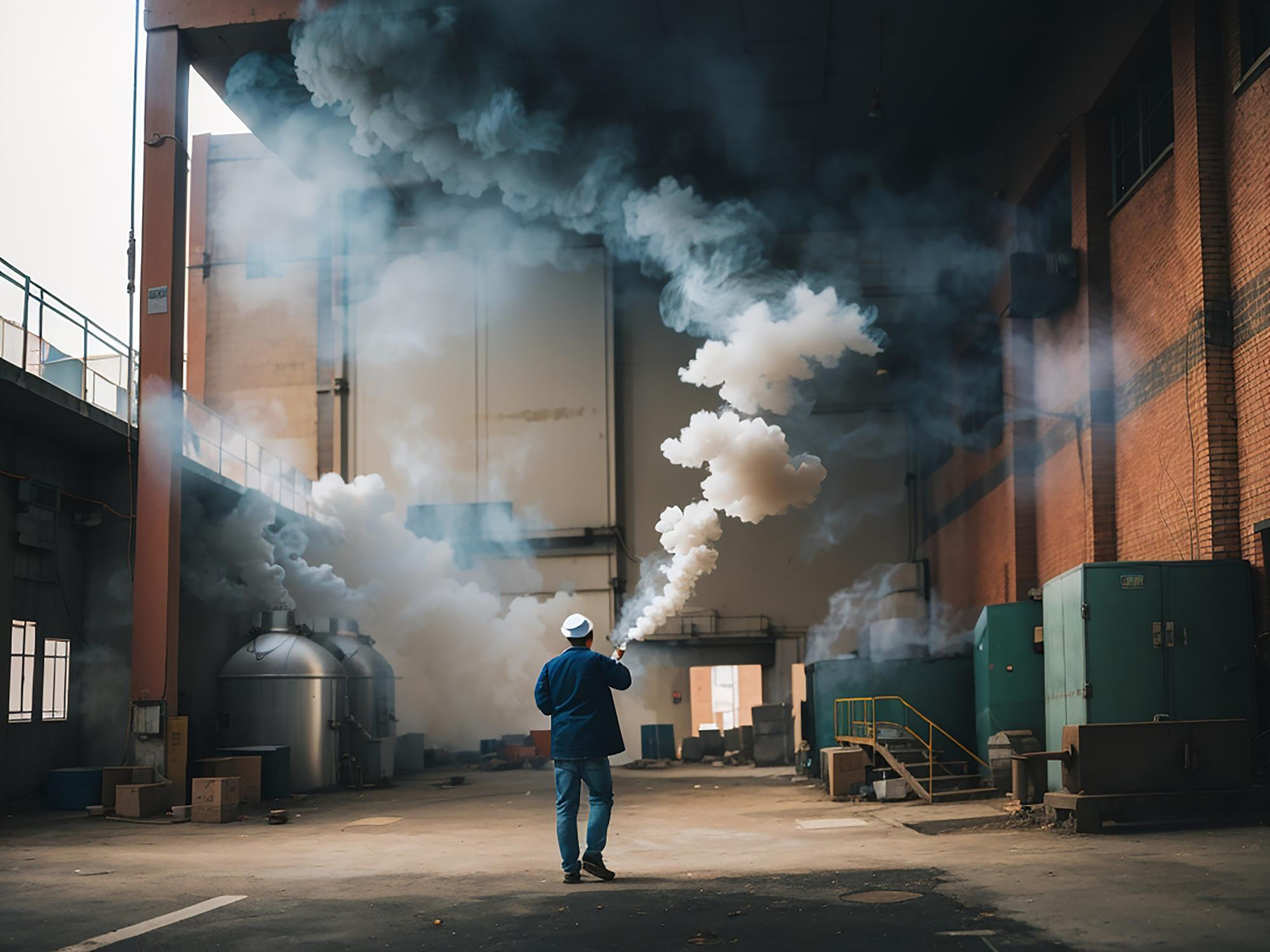Work-related accidents and illnesses are a significant cause of preventable deaths. According to the International Labour Organization (ILO), there are approximately 2.6 million deaths each year due to work-related causes.
Global increase in work-related deaths
The ILO also estimates that these work-related deaths have increased by 5% since 2015. This means that an increasing number of people lose their lives while performing their professional duties.
Most work-related deaths are attributed to occupational diseases. However, work-related accidents account for 12.7%, with around 330,000 cases each year.
Analyzing this figure, it results in an average of 904 workers dying every day due to occupational accidents. Work-related accidents are the most avoidable of all work-related deaths, emphasizing the urgent need to strengthen aspects such as preventive training.
To contextualize the significance of all these work-related deaths, the ILO highlights an interesting fact. Work-related deaths represent 6.71% of the total global fatalities.
Industries with the highest occupational hazard worldwide
Regarding the sectors most affected by work-related deaths, four stand out for their high incidence. Agriculture, construction, forestry and fishing, and manufacturing together contribute to about 200,000 fatal accidents annually.
These 200,000 cases represent approximately 60% of deaths due to occupational accidents. In other words, these four sectors account for almost two-thirds of work-related deaths in the category of accidents.
Human error, a factor to address in work-related deaths
When analyzing deaths due to work-related causes, it is necessary to emphasize work-related accidents. This is the most preventable cause of death, especially when working to reduce factors such as human error.
According to the Occupational Safety and Health Administration (OSHA), human error is behind 80% to 90% of workplace accidents. Furthermore, it claims that 99% of accidents that occur each year are preventable.
The key to reducing situations of human error is to raise awareness and sensitize workers to the consequences of their mistakes. If workers do not perceive the danger of reckless or distracted behaviour, they are more likely to experience a workplace accident.
New technologies such as virtual reality (VR) are a powerful tool for raising awareness. A virtual reality simulation reproduces realistic risk situations, and the worker faces them without real danger.
This allows for mistakes to be made and their consequences to be experienced firsthand, in the form of virtual accidents. In this way, the employee realistically experiences the consequence of human error or reckless behaviour.
Strengthening aspects such as awareness in preventive training is crucial to reducing deaths due to work-related causes.
Want to learn more about virtual reality applied to prevention or how it helps reduce the human error factor? Discover more at the following link.












